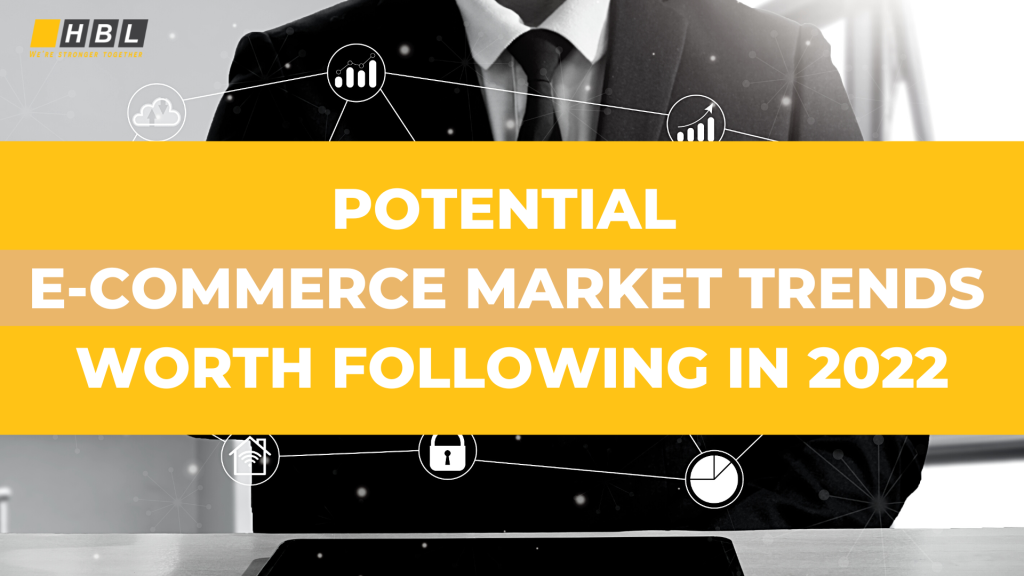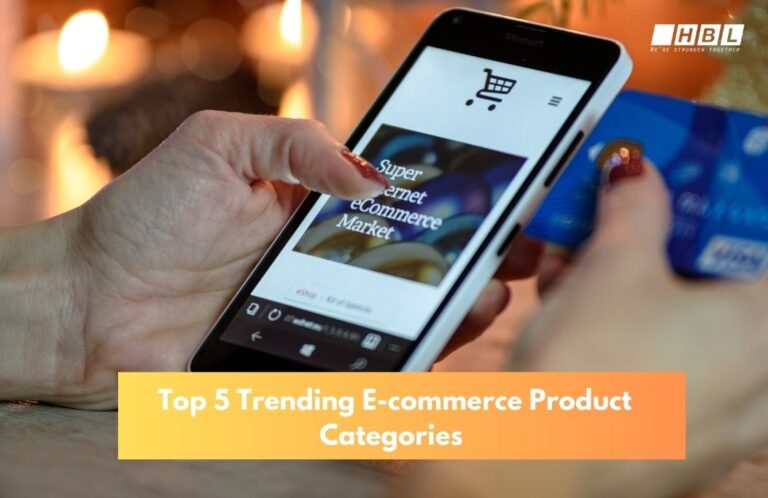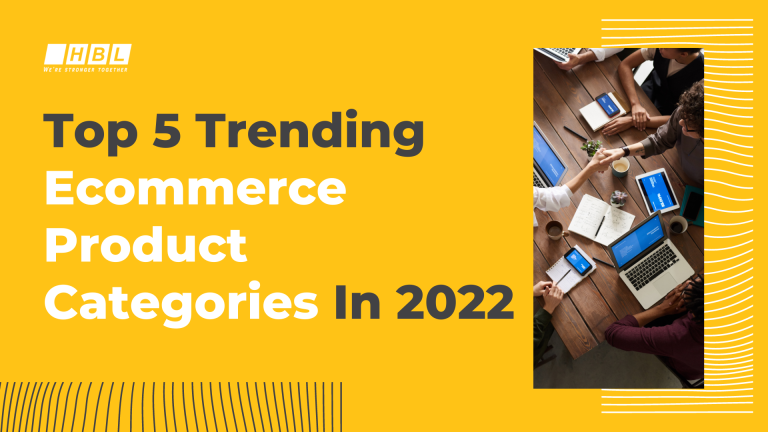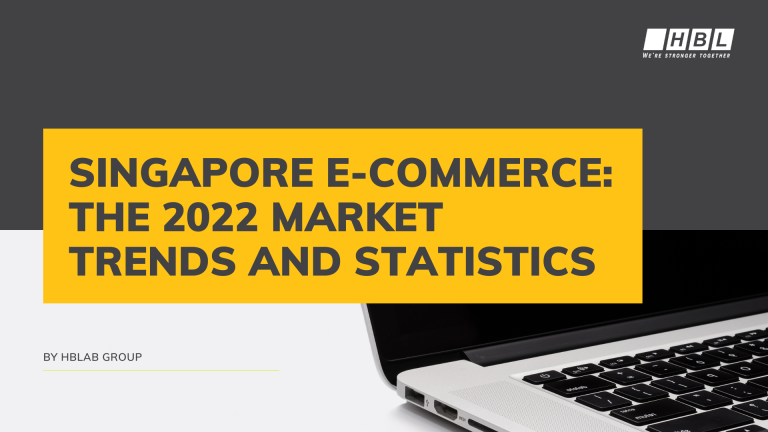Shoppers are becoming more demanding, and 63% of them say that the best brands are those that fulfill their expectations throughout the shopping experience. This means businesses must keep a strategic eye on what’s happening in their industry, so it is critical in order for them to respond to the individual demands of shoppers and differentiate themselves from the competition. Discover the five prominent e-commerce trends below to watch out for in 2022 and make the most out of them to stay competitive.
Five E-commerce Market Trends to Keep In Mind in 2022
-
Direct to Consumer (DTC/D2C)
D2C is a marketing approach that allows businesses to sell directly to end users. D2C firms may control their brand image, better personalize relationships with their clients, and decrease expenses by eliminating intermediaries (wholesalers, Storefronts, distributors, etc.).
Many brands have decided to adopt the D2C concept to create a unique customer experience. Sézane, for example, has a direct-to-consumer production approach and focuses on a high-quality marketing strategy across social networks to boost engagement (1.3 million subscribers) and sales.
Some major brands are also adopting this concept. Nike is among these, having removed its products from Amazon at the end of 2019 and now working only with a limited number of partners to establish a more consistent and high-quality brand image.
D2C is exploding in the e-commerce business, with two out of every five Americans skipping large marketplaces like Amazon or Walmart to buy directly from their chosen brand or manufacturer.
-
Eco-friendly products
Since the start of the Covid-19 crisis, consumers have been more concerned with product sustainability. 80% of shoppers stated it is a critical consideration for them, and 70% were willing to pay more for a brand that would last longer.
Businesses are responding to this demand by creating items made of recyclable materials that may be reused, repaired, or remanufactured. Back Market, for example, refurbishes goods (smartphones, PCs, gaming consoles, etc.) and sells them at lower costs with a 12-month guarantee. In the brand’s first year of sales, this campaign generated 120 million dollars in revenue.
Renewed devices currently account for 6% of the global tech and electronics market, and this percentage is likely to rise in the coming years.
-
Livestream shopping
Since the arrival of Covid-19, livestream shopping has grown in popularity, with a 76% increase in the proportion of shoppers using this approach.
A brand broadcasts live video sessions where one or more influencers showcase a product during live shopping. During these online shopping sessions, customers can communicate with one another via the chat function (customer feedback, comments, responses, etc.) and ask any product-related inquiries. They can even buy directly from the video via a clickable link, with 49% of shoppers willing to follow these links to purchase a product.
-
Buy now pay later (BNPL)
Customers on an eCommerce site expect to be able to select from a variety of payment alternatives. They will ditch their cart without hesitation if they don’t find the ideal option. This happens to about 6% of all shoppers.
To reduce this statistic, it is critical to provide shoppers a variety of payment options, particularly Buy Now Pay Later (BNPL), which allows customers to place an order and pay for their purchase 15, 30, or 90 days later.
This option gives shoppers a wide selection and allows them to control their expenditures better. It offers a competitive advantage for businesses and can raise the conversion rate of eCommerce sites by 20% to 30%.
BNPL is the potential payment option. Worldwide BNPL sales totaled 93 billion dollars in 2020 and are predicted to reach 181 billion dollars in 2022.
-
Data management
80% of buyers are willing to disclose personal information in order to boost customization.
This means that organizations must effectively manage and handle data in order to provide value for their customers: solve an issue, predict a demand, increase satisfaction, and so on. Amazon, for example, collects user data to recommend products more tailored to their requirements. Given the many products offered on the Amazon platform, the buyer perceives added value in the time saved searching for the appropriate purchase.
As a result, data management is used to improve the client experience and provides a true competitive edge. According to the market research firm Forrester, this is “The Secret” to effective eCommerce.
To summarize, organizations must constantly monitor industry changes and adjustments such as live shopping, data management, D2C, Buy Now Pay Later (BNPL), and so on. In today’s extremely competitive environment, this strategic watch has become necessary.
Wrapping up
In addition to these trends, here are some suggestions for growing your e-commerce firm in 2022:
- Study the market to discover market trends. Emphasizing some of the trends mentioned above requires first recognizing how they connect to your business and then being able to capitalize on them. Constantly researching markets and their audiences will help you develop a stronger strategy.
- Evaluate the competition. You must carefully monitor your competitors to succeed in any business. What creative trends do they favor? What are their innovations? What are the distinguishing features? Understanding the answers to these questions can help you prepare your company for success.
- Keep an eye on industry trends and influencers. When it comes to shifting market conditions, keep an ear to the ground for indications from industry news sources and influencers. Maintain your competitive advantage by staying ahead of developing trends and keeping an eye out for future challenges.
Whatever trends emerge this year, you can’t go wrong with these three recommendations. HBLAB Group is excited to see where this year brings you. All the best for a happy and prosperous 2022!




